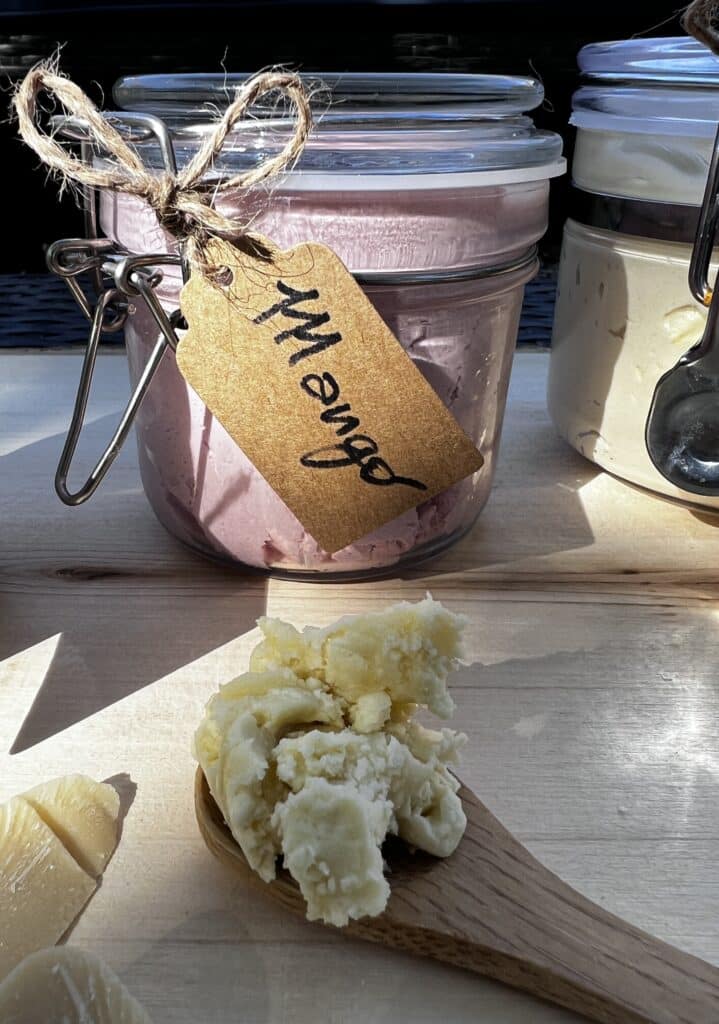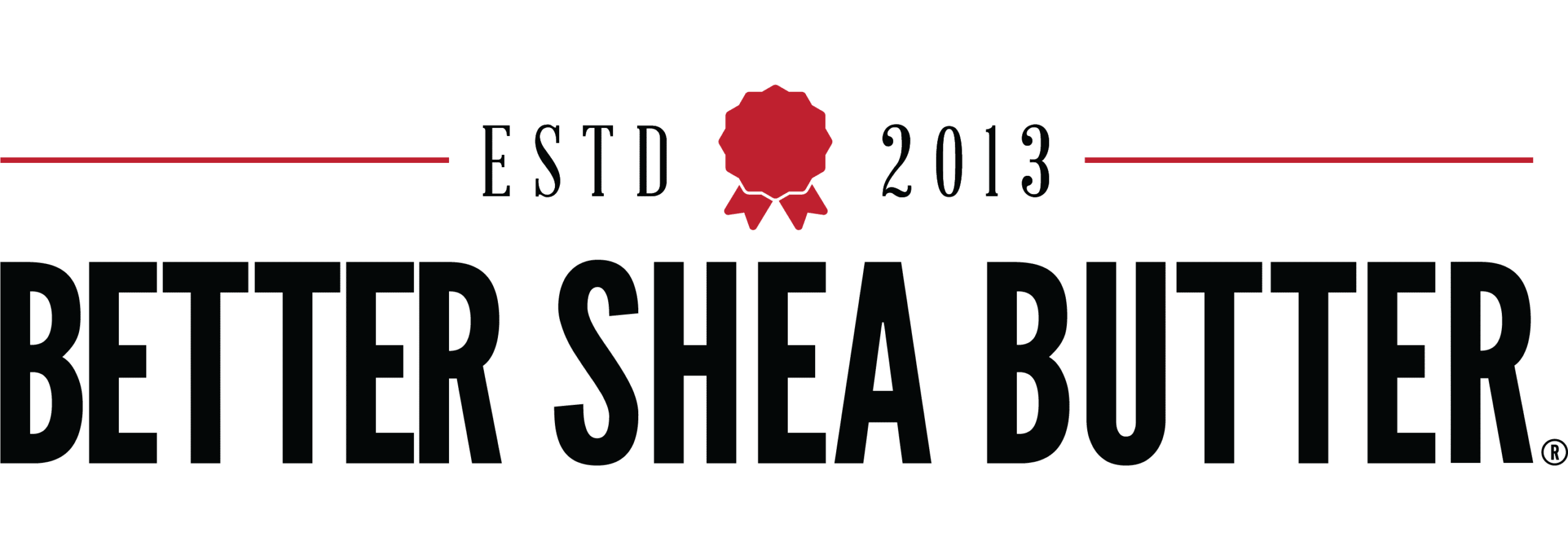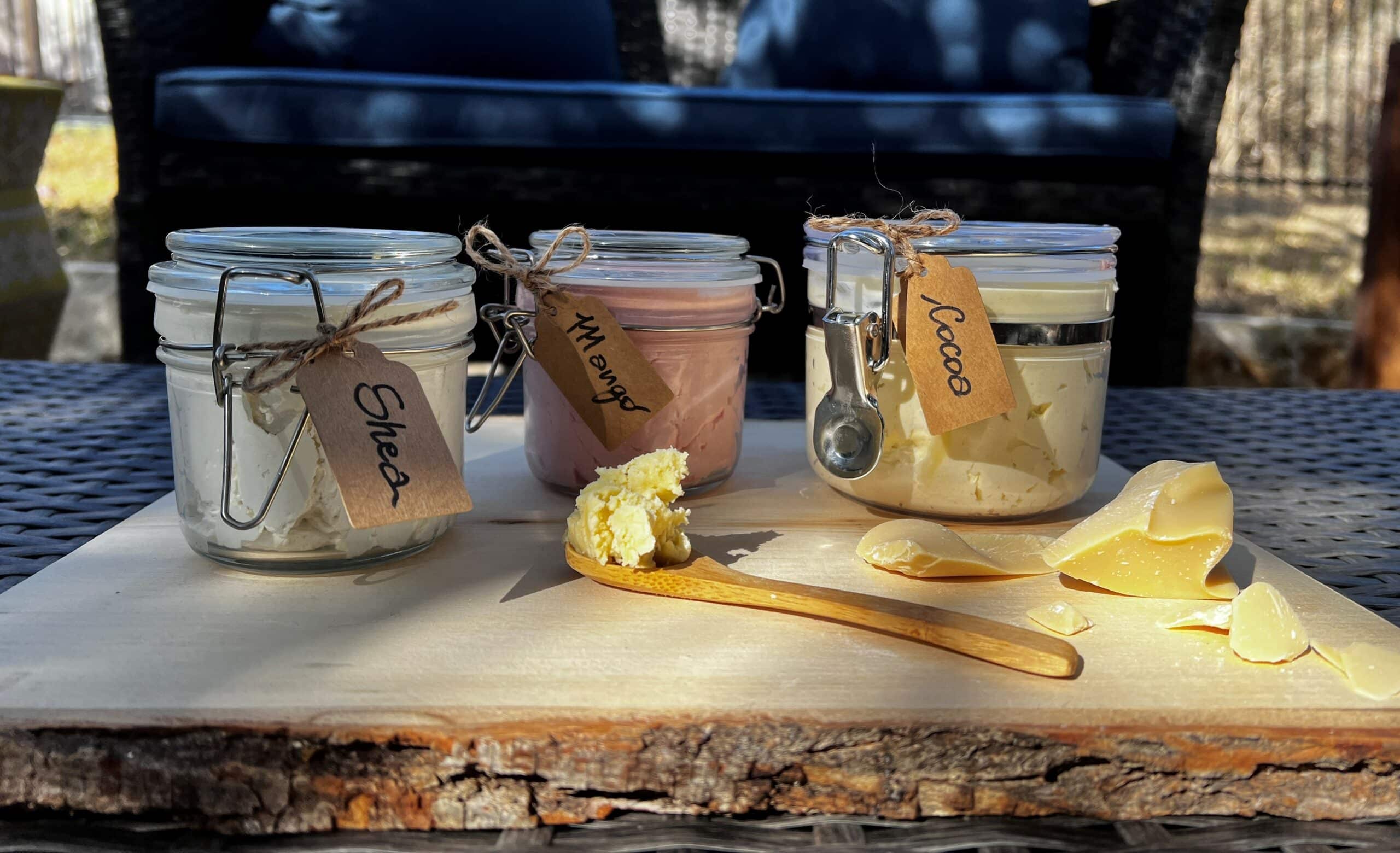Ok girls (and boys), so you want to get the basics down on body butter formulating? I got you.
One important thing that I have learned in my best school days is that a solid foundation is everything. Once you have the basics down, you can build your own castle.
How does this apply to skincare formulating? I’ll tell you, just pay attention and don’t get distracted by the next reel, tiktok or blog.
Formulating a skincare product is very similar to cooking any meal. There are only a few basics, master those and you will see the light – meaning you will see through every label and every beautiful marketing ad crafted by the best communicators.
First a list of truths:
- Most (about 95%) of skincare products, whether they are for your face or body, have water as their main ingredient. The average % of water in a lotion or face cream, high-end or CVS-level skincare, has 70-80% of water. WATER, the one you drink.
- If there is water in a lotion, you also must have a preservative to prevent mold and yeast from growing, and an emulsifier to keep the water from separating from the other ingredients. Preservatives are used at 1-2%, and emulsifiers can vary a bit more, but are usually 5-10%.
- That means that in your average skincare or face-care product, you have 10-20% to play with to add what we know as moisturizing or skin-enhancing ingredients. These can be as basic as shea butter, cocoa butter, coconut oil, vitamin C, etc.
Can you do me a favor and read all that one more time?
If you read it again and let it sink in, you will have the foundations of how to make a lotion, a cream, or a serum:
Water
Emulsifier
Preservative
Butters/oils/skin-benefitters (I just made up a new word!)
Can you create a skincare product that is better than average?
Yes and no, it depends on your goal and it depends on how old your skin is, because let’s face it, gravity and time are real, and they affect how our skin develops from birth to death.
From teens to your late 30’s
All you need to do is:
- Protect yourself from the sun, because if you don’t you will develop brown or age spots.
- Keep your skin moisturized consistently or it will lack water and oils and it will age faster
From late 30’s onward
- Keep protecting yourself from the sun with a good SPF lotion. The sun UVB and UVA rays still come through and will age your skin EVEN WHEN IT’S CLOUDY.
- Decide on a skin routine that works for you. Using only natural products will make you feel better, but wrinkles will happen, and loss of collagen resulting in loss of mass and increasing loss of tone will also happen. Gravity is real.
Enough of that, how do I formulate a great body butter?
I’m glad you asked, let’s get down to it.
Homemade body butters are 100% butters, oils and enhancers (colors, essential oils, and other cool ingredients). That means NO water. That means that you have 100% of your formula to play with using all the wholesome ingredients we are passionate about.
So, the first ingredient you consider is your base butter. The most common and popular ones are:
1. Shea Butter
2. Mango Butter
3. Cocoa Butter
Use Shea Butter if your skin is dry, if you want to load up in yummy antioxidants, and if you want to support co-ops of women in Africa whose life depends on how much shea butter is consumed worldwide. Shea Butter has a natural nutty/smoky scent, unless it’s refined, which I never use and do not recommend because refined shea is stripped of a lot of its inherent nutrients. The nutty smell affects the final scent of your body butter whether you add essential oils or not.

Use Mango Butter if you love shea butter but you do not like its inherent smokey scent, or if you think shea butter is a little too heavy and rich for your skin type. Also, mango butter production involves more than just women, and mangos are grown mostly in India, so if you want to support that part of the world, Mango Butter is the butter to choose. Mango Butter is unscented, thus allowing any scents you add to have an unadulterated final smell.

Use Cocoa Butter if you are concerned with loss of skin elasticity, stretch marks, or if you have scars that you want to fade. Cocoa Butter is more international than Shea and Mango, it is mostly sourced from Africa or Mexico. Cocoa Butter smells like chocolate and its scent will affect your final product.

Basic formulas using the three top butters
After years of formulating, here are the basic formulas in percentages that will give you an easy-to-apply body butter.
- 70% Shea Butter
- 30% Oils
- 60% Mango Butter
- 40% Oils
- 50% Cocoa Butter
- 50% Oils
Sticking to these basic percentages in your formula will yield a body butter that is semi-soft, easy to whip and easy to apply on your skin. Here’s a video to show you how they look.
I hope this helps lay the foundation to your skincare formulating journey. Check all our DIY videos to get inspiration and leave a comment or question if you need any help.
Happy DIY!


